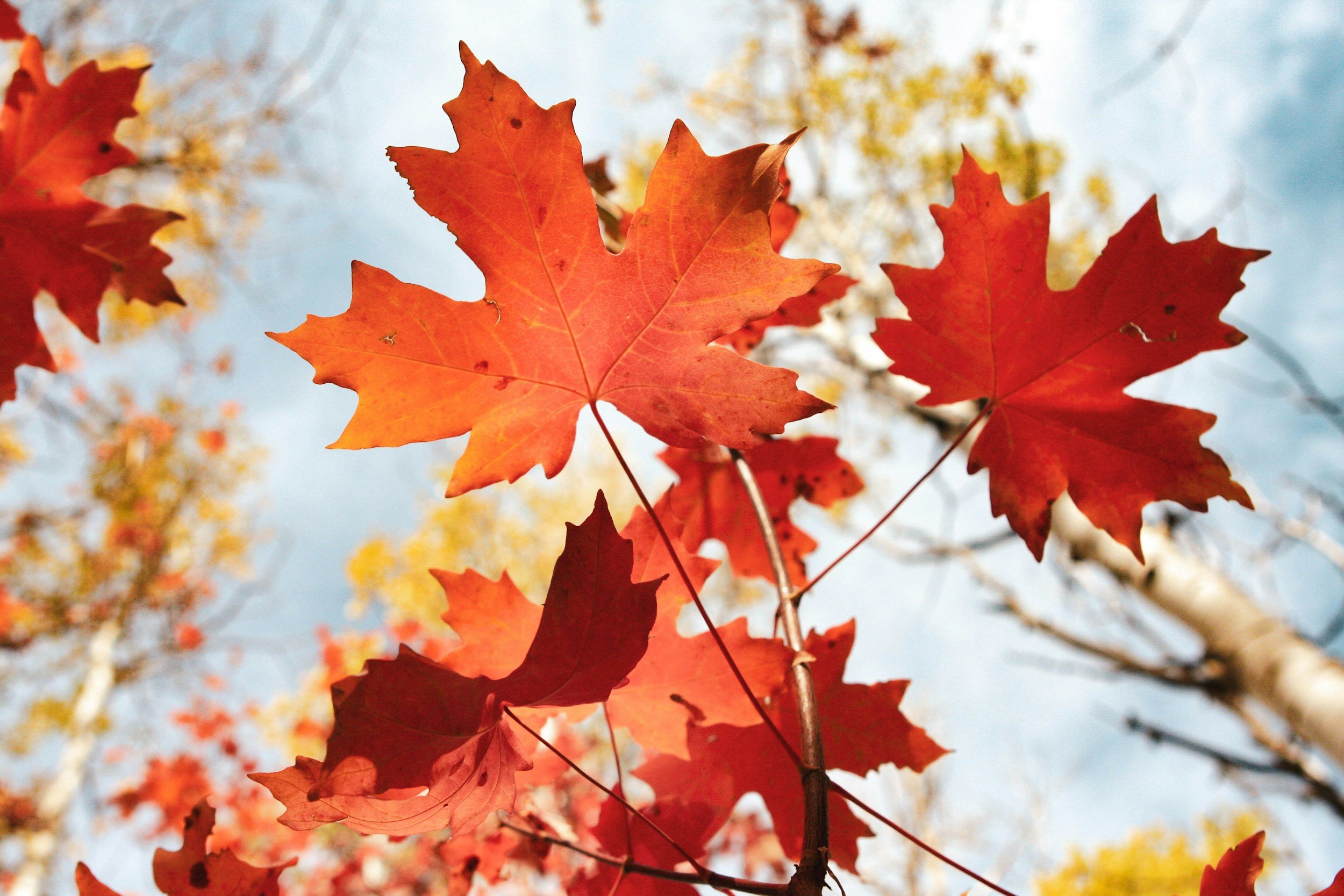
Austin’s Tree Services Blog
Comprehensive Tree Care Tips and Insights

Branch Autonomy: Axial Transport & Compartmentalization
Branch autonomy is the ability of tree branches to grow and maintain health independently. It involves axial transport, which moves water, nutrients, and hormones, and compartmentalization, a defense mechanism that limits injury spread and decay. These processes help branches sustain vitality, recover from damage, and optimize resources, enhancing the tree's resilience and longevity.

Spring Awakening: Trees Coming Out Of Dormancy
As spring nears, trees awaken from winter dormancy, budding new leaves that add vibrant green to the landscape. Sun warmth boosts growth, and sap flows, nourishing branches and roots. Birds return to sing, and pollinators appear, ready to explore upcoming blossoms. This renewal enhances beauty and supports wildlife, maintaining ecological balance.

Tree Transpiration: Do You Know How It Transpires?
Tree transpiration is a vital process where trees release water vapor from leaves, affecting the water cycle. It happens through stomata, regulating gas exchange and tree temperature. As water evaporates, negative pressure draws water and nutrients from roots via xylem, supporting tree health, local humidity, and cooling the environment. Understanding transpiration is key for tree care and ecological balance.

Topping A Tree: Why You Should Think Twice
Topping a tree can harm its health by reducing leaves needed for photosynthesis and causing stress. In short, topping damages tree health, growth, pest resistance, and looks. It is better to use proper pruning techniques that encourage natural growth for better tree care.

Soil Science: What Do Your Plants Need?
Soil conditions play a crucial role in plant growth and overall health. For optimal growth, soil must provide essential nutrients, adequate drainage, and proper pH levels. Creating and maintaining these necessary soil conditions can significantly enhance plant growth and recovery, leading to a thriving garden or landscape.

Black Walnut Trees: Benefits and Toxicity
Black walnut trees are a valuable natural resource offering multiple benefits, including high-quality timber and edible nuts, while also providing habitat. However, their production of juglone poses a risk to other plants and some animal species. Understanding these factors is crucial for managing landscapes effectively when black walnut trees are present. Proper care can mitigate the toxic effects while allowing appreciation of the tree's many advantages.

Japanese Maples: Some Facts You May Not Know
Japanese maples (Acer palmatum) are cherished for their stunning foliage and graceful structure. Here are some often unknown facts about these beautiful trees

Douglas-Fir: They Aren't True Firs?
Douglas firs, despite their name, are not classified as true firs (genus Abies) but belong to the genus Pseudotsuga. They are distinguished by their unique needle arrangement and the presence of distinctive cones that set them apart from true fir species.

A Fun Fact About The Autumn Blaze Maple
What is it that makes the Autumn Blaze Maple an alluring choice for so many landscapes?

Trees In The Winter: What Are They Doing?
In winter, trees enter dormancy to conserve energy from the cold and reduced sunlight, but they aren’t inactive by any means.
Looking for Top-rated Tree Care in Coeur d'Alene, Hayden, or Post Falls?
Contact Austin’s Tree Services today for a free quote on professional tree removal, pruning, and more. Click below to get started!
